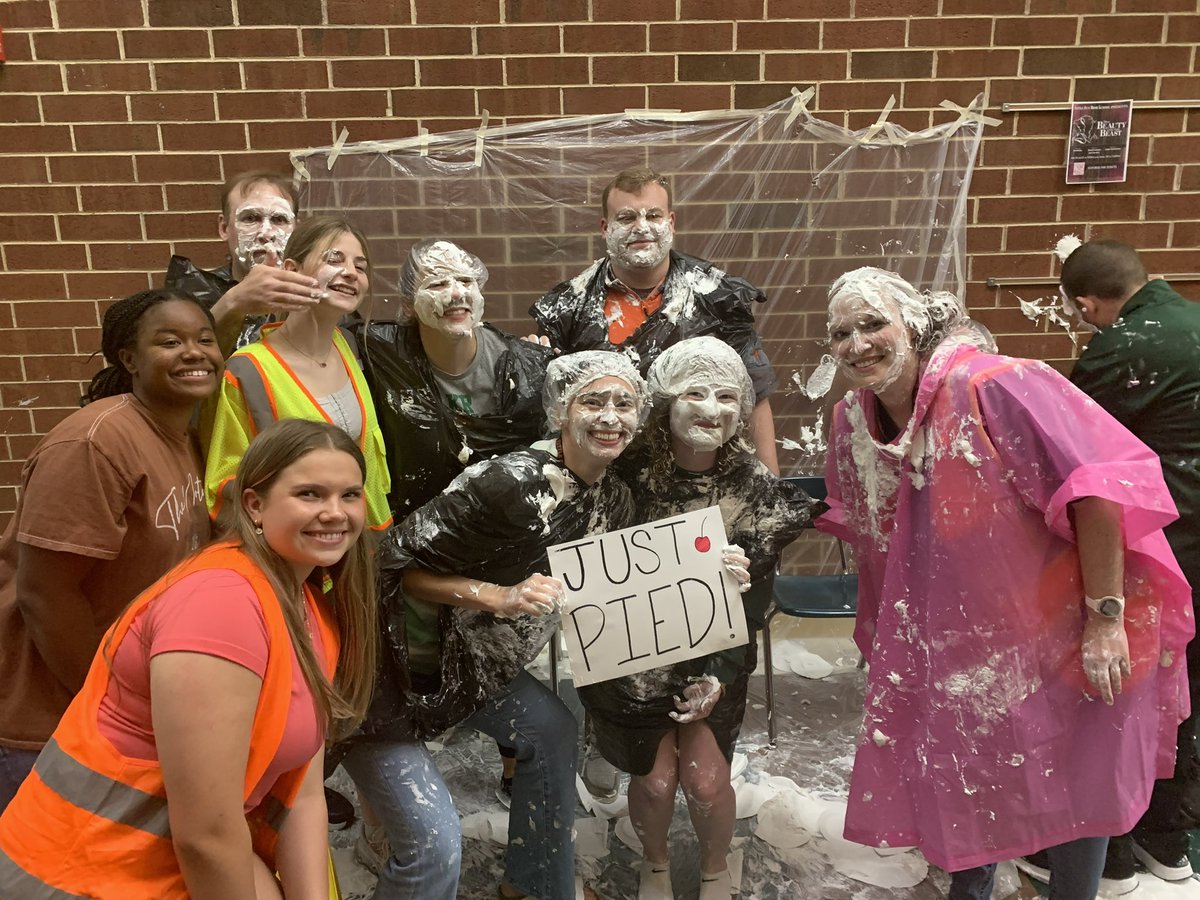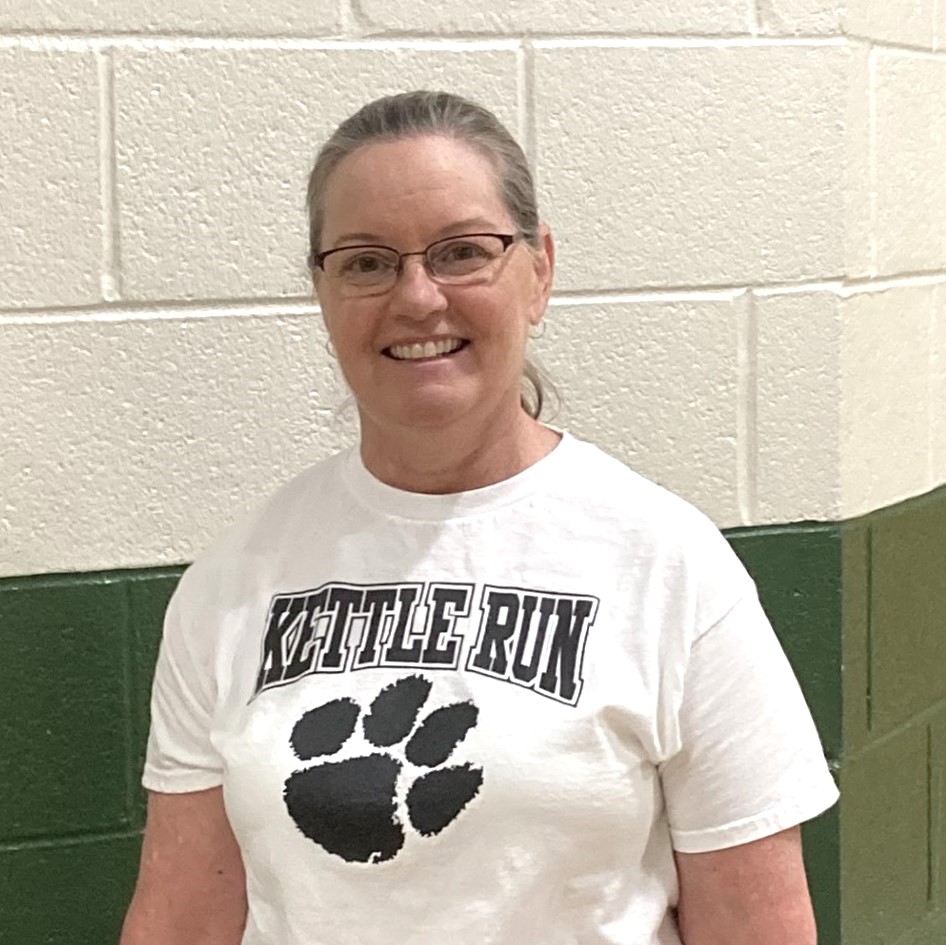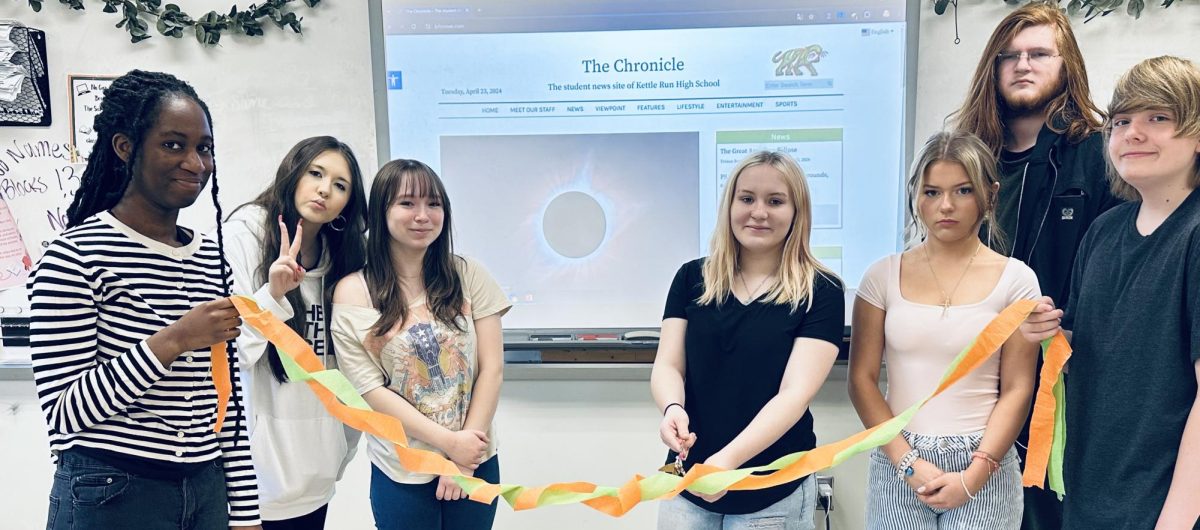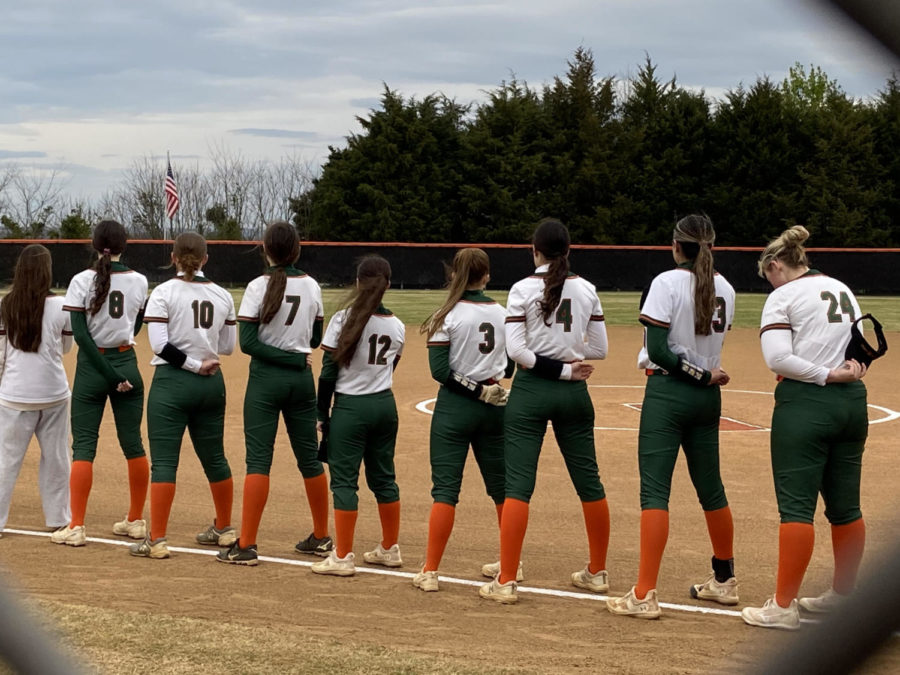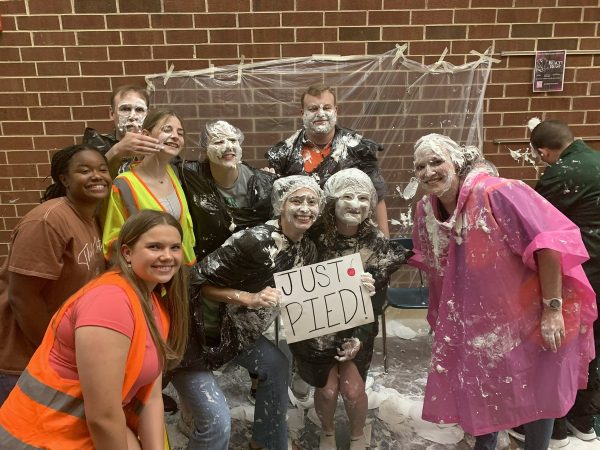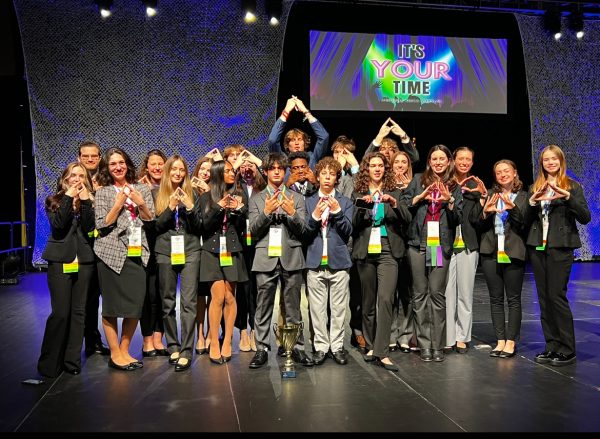Vaping Clouds Students’ Focus
Serious health repercussions in new teen fad
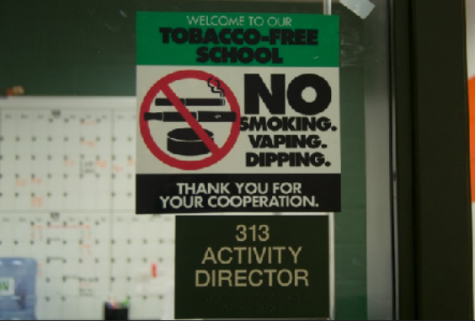
Vaping has become an issue within the Cougar community. Consequently, administrators have posted “No vaping” signs around the hallways.
Juuls. Phixes. iCares.
These products, largely unknown to parents and adults, are taking the teenage population of Fauquier County by storm.
With two vape stores in the Warrenton area, more and more teenagers are getting their hands on these nicotine laden products. Products referred to as vapes usually contain a lower concentration of nicotine. Products such as the Juul and Phix are more geared toward former smokers, but teens enjoy the quick, strong nicotine buzz that they provide.
The buzz may come at a cost though.
Health officials are concerned with the safety of inhaling the chemicals in common vape juices. There is no federal regulation on the juices, so it is impossible to really know what goes into them. Major health administrations are concerned with the possibility of heavy metals and potentially cancer-causing chemicals in the juices. While the two types of devices may seem different they are regarded as one in the same by both law enforcement and school administrators.
The discrete nature of the Juul and its competition has made vaping in schools a prevalent issue. Sal Torelli, Fauquier County Sheriff’s Office, worked as a student resource officer and has watched the vape issue grow in Fauquier County.
“I was fortunate to only have nicotine-free vaping on school property when assigned as an SRO at the high school level,” Torelli said. “When I asked students why they did it, they would tell me that they liked the flavor. I would advise them that it was a violation of school policy and report it to the school administration.”
Personnel within local high schools have been on alert as well. Kettle Run has had several incidences of vaping on campus and has also taken care to purchase new “Tobacco Free School Zone” signs that now include pictures of vape along with cigarettes and dip.
“Students and parents sign and agree to abide by the Code of Conduct each year,” Principal Meaghan Brill said. “The document outlines the district-wide tobacco policy, which prohibits the possession and use of vapes.”
Students don’t seem to see the major issue with the new pastime. Some have even gone as far as to question why vapes with no nicotine are illegal for citizens under 18 and why they aren’t allowed in schools.
“I honestly don’t get it,” a sophomore boy who wished to remain anonymous said. “First off, I don’t totally understand why it’s illegal to vape underage if you aren’t using any nicotine. As to the school’s rules, if you’re over 18 and it is legal to vape, I think you should be able to at least carry them in school without repercussions.”
Though there are vaping issues in school every year, the majority of students still don’t see why their peers feel the need to do it.
“I think it’s stupid to do in school,” senior Thomas Harding said. “But once we’re out of school I think it should be fair game. That being said, I don’t think that sports teams should be able to punish students over 18 that vape outside of school.”
Whether you chalk it up to the changing of the times or just a new short-lived trend, vaping has become a serious issue for not only the Fauquier County Public School System but school systems across the nation. Students don’t seem to focus on the health risks involved with vaping.
“Based on my conversations with those under the age of 18, minors feel that vaping is a much safer way to consume nicotine,” Torelli said. “The issue isn’t necessarily the smoke, but the fact that nicotine is highly addictive.”
As the fad sweeps the county, Kettle Run administration seems confident and prepared to handle any issues that arise in the future.
“I think we are in a good place with vaping as far as educating parents and students when issues arise,” Brill said. “I believe the additional signage that has been added to all three high schools this year will assist us in our efforts. Should additional awareness be needed in the future, we will determine how to best address what we are seeing.”

